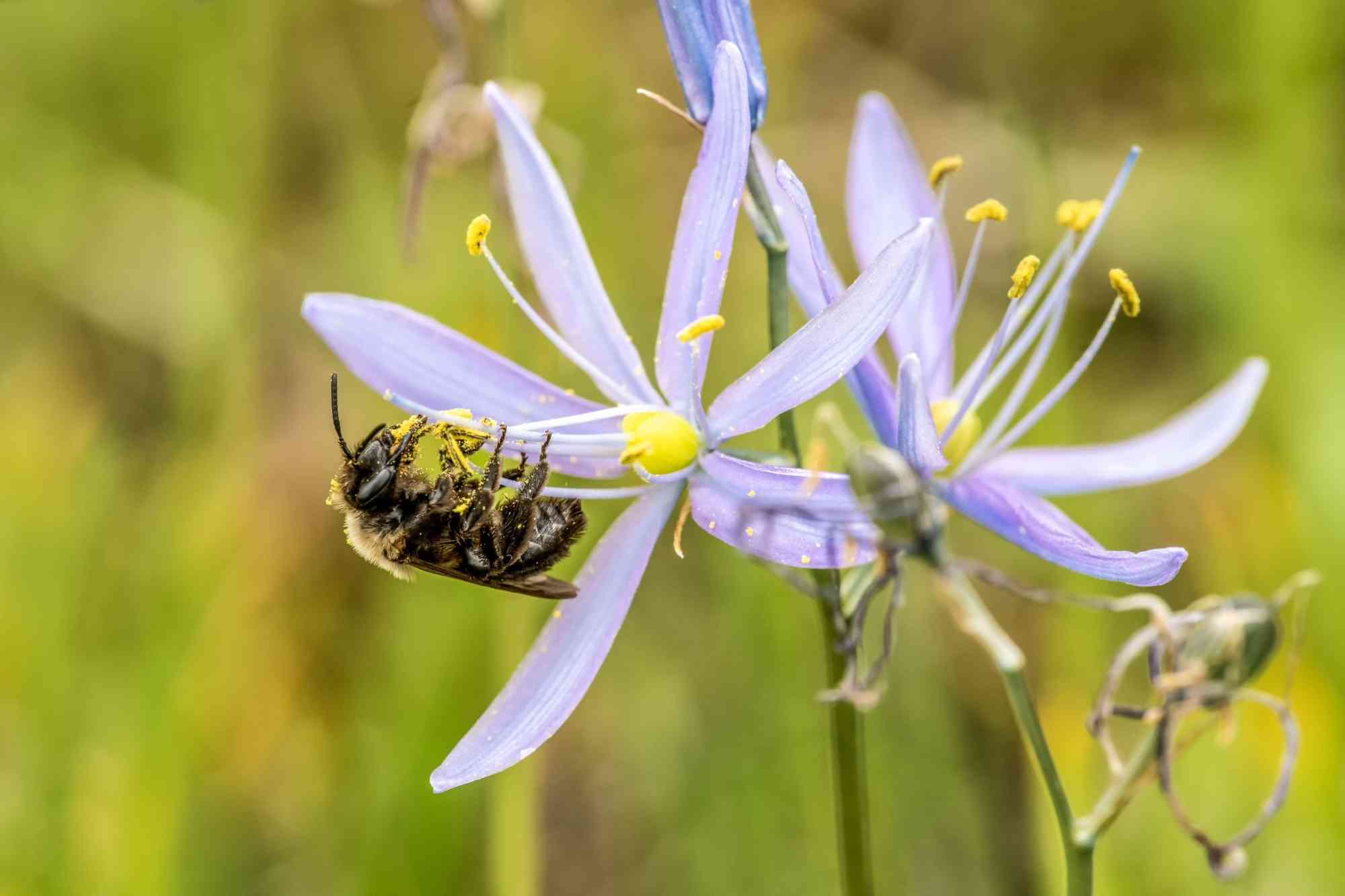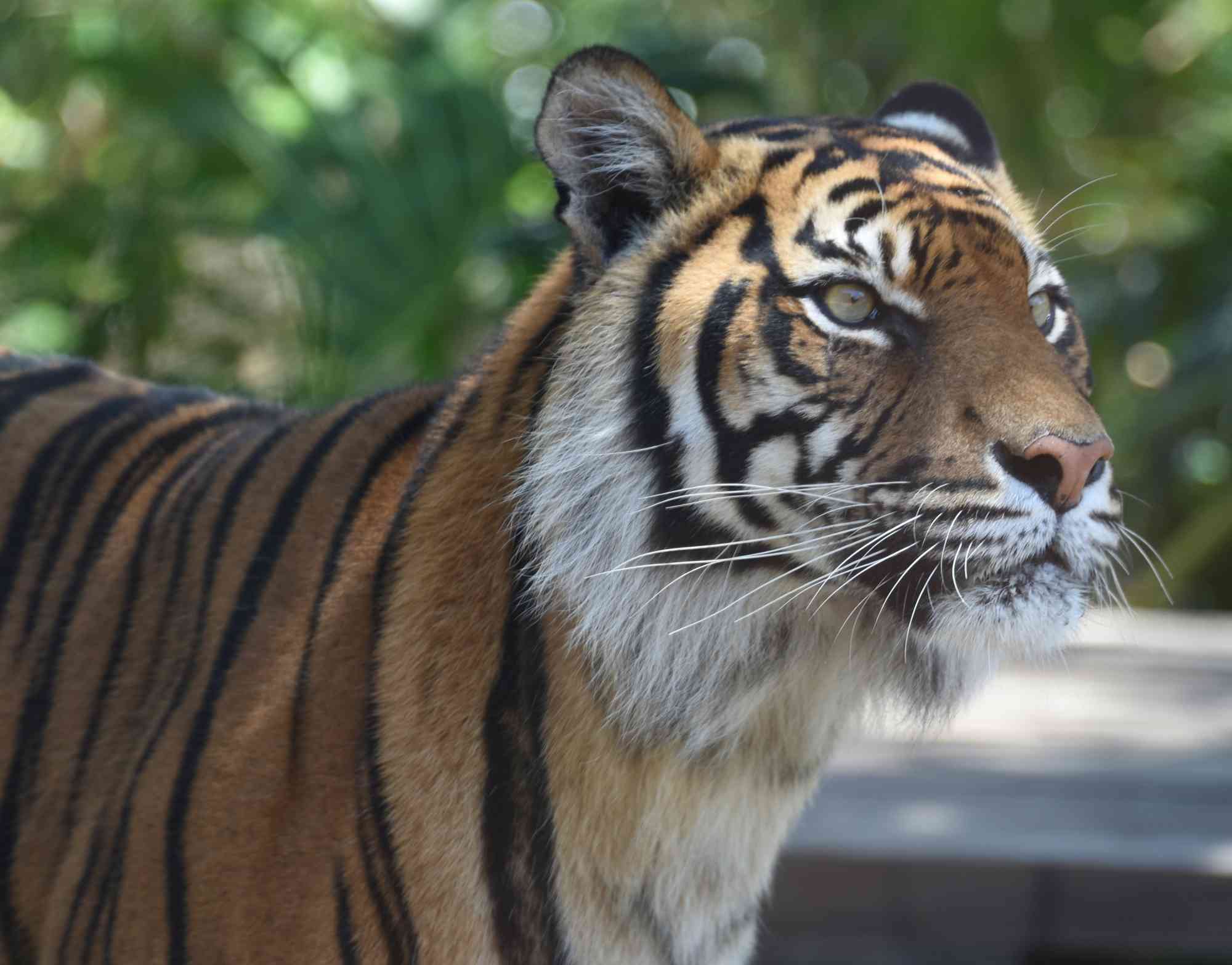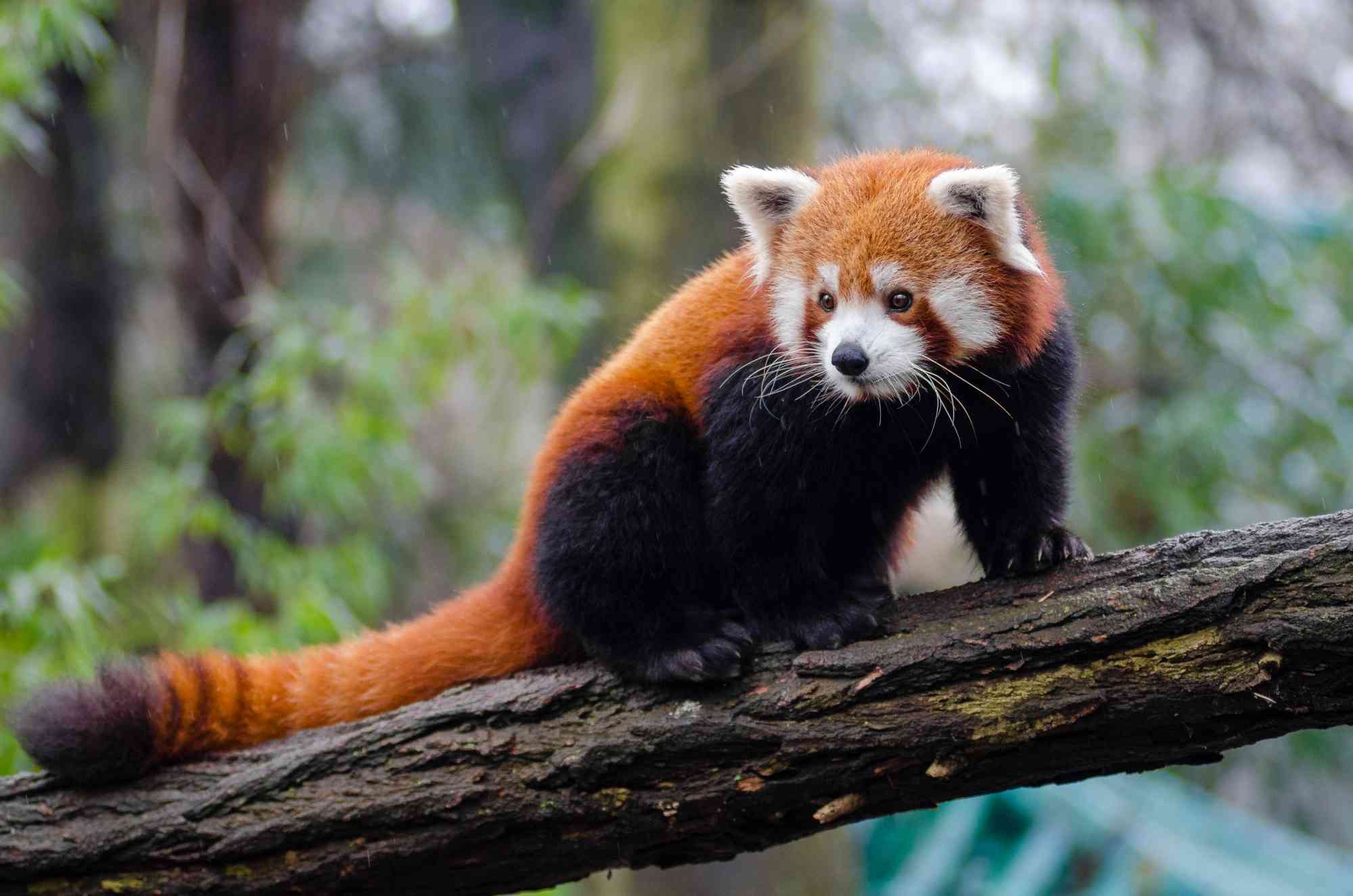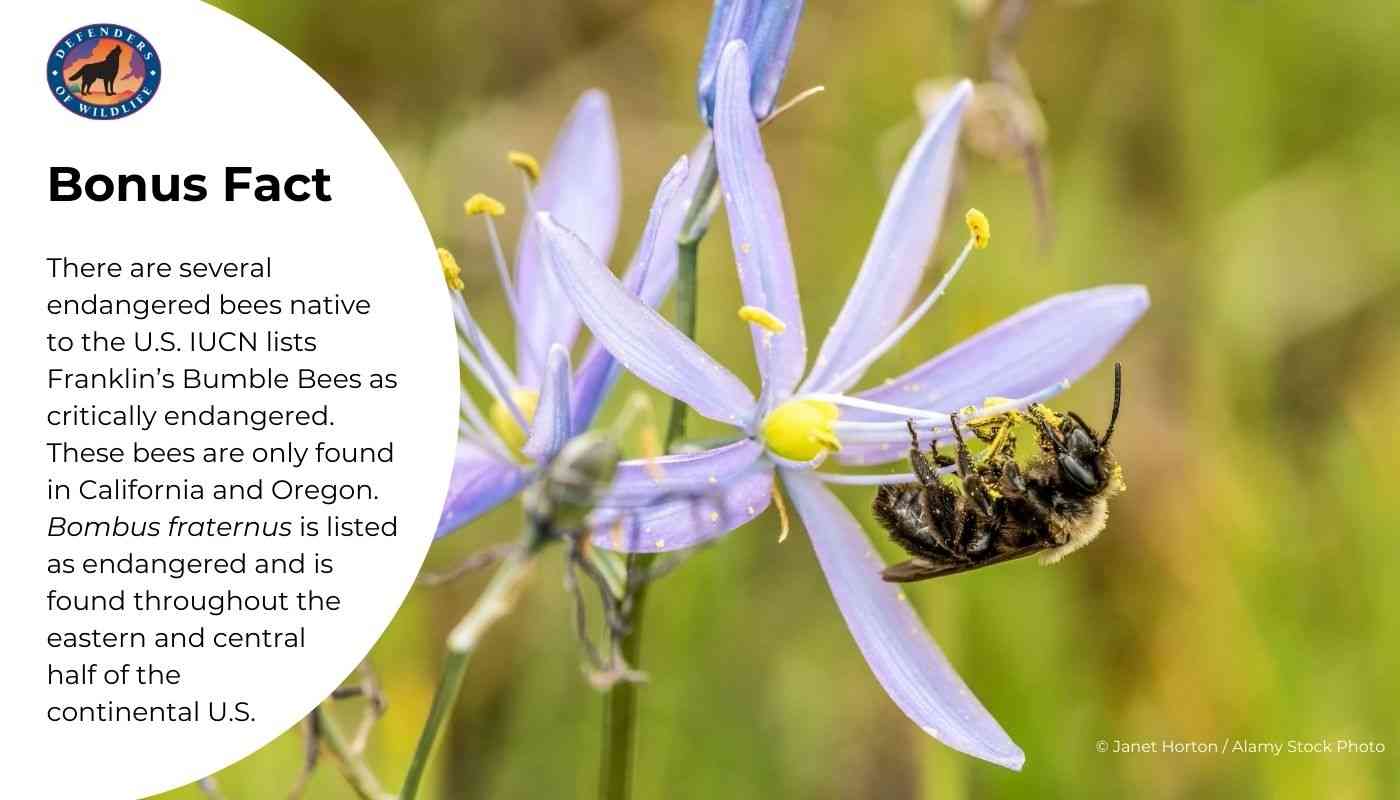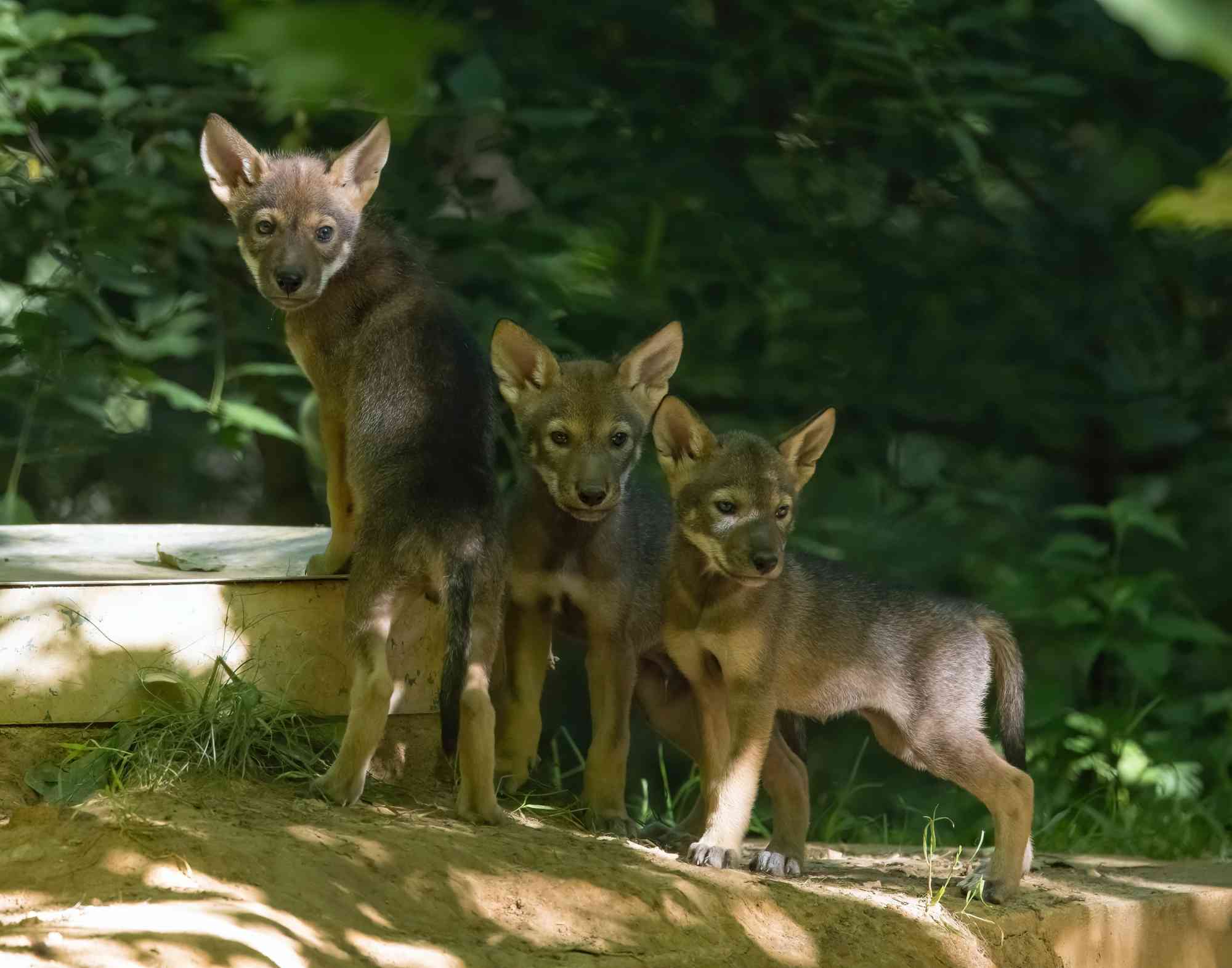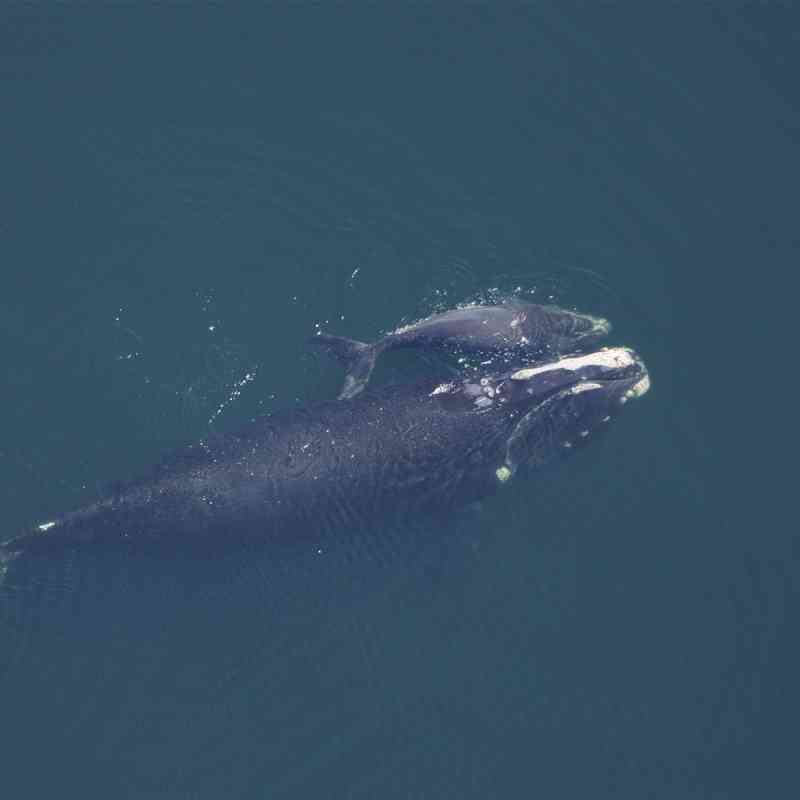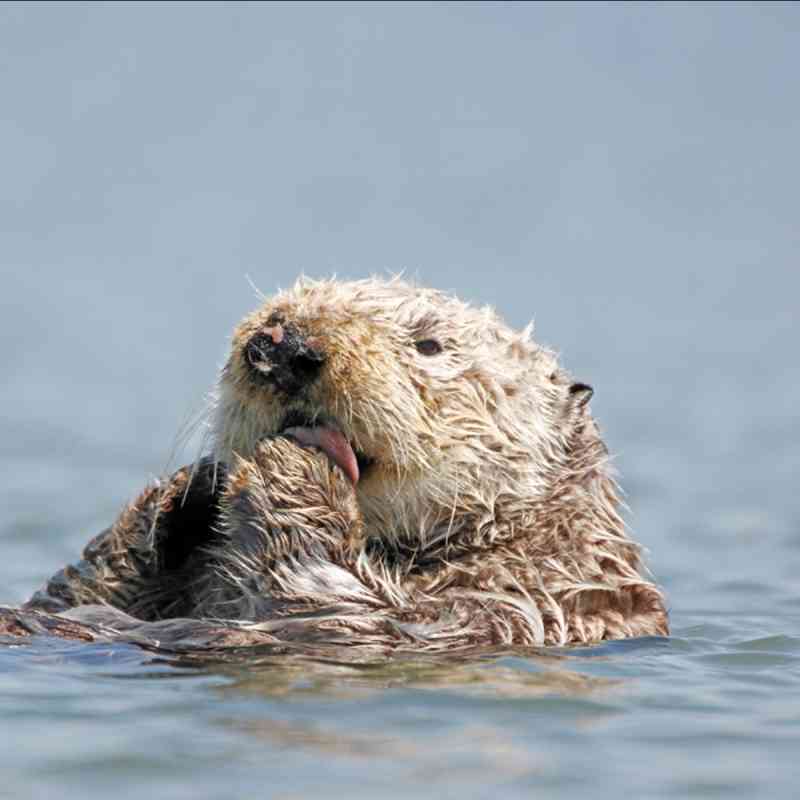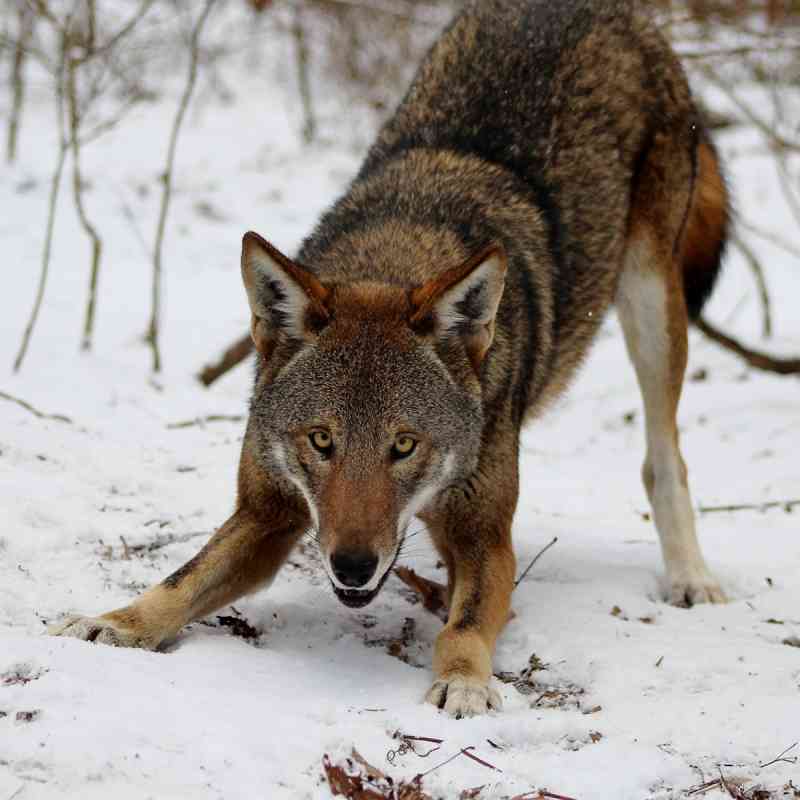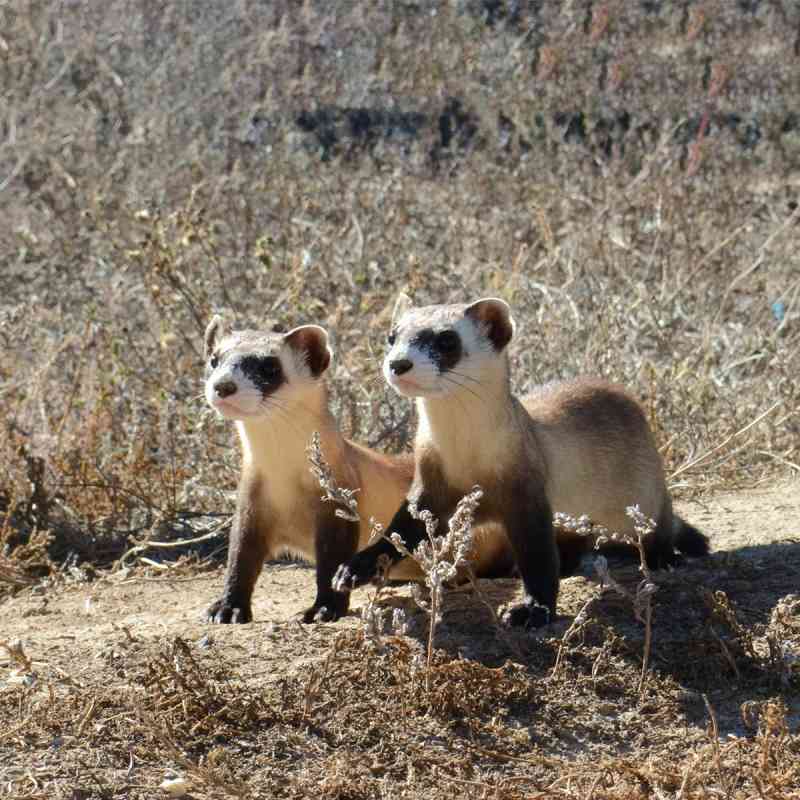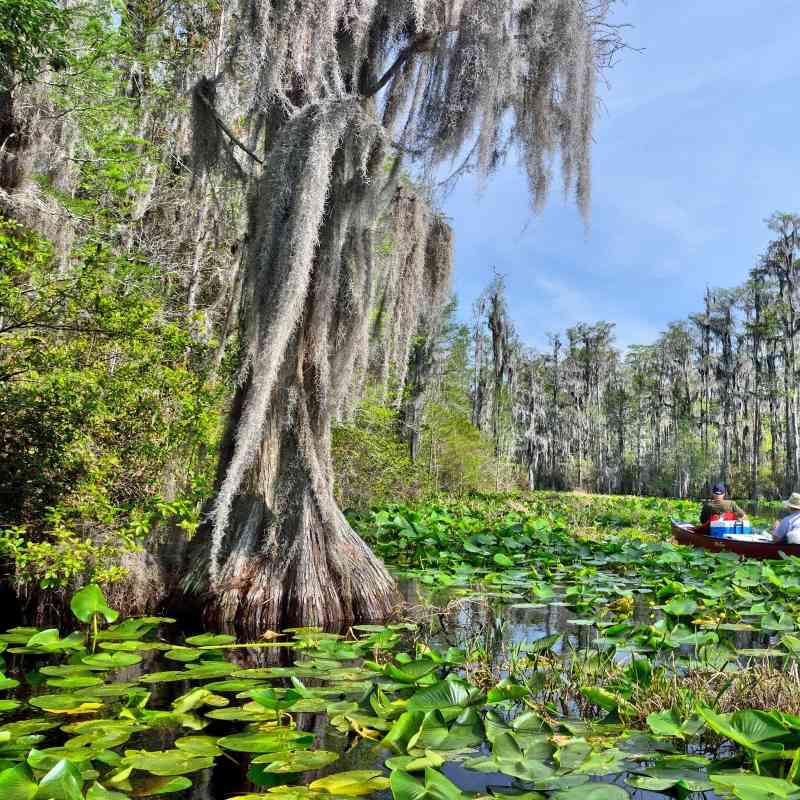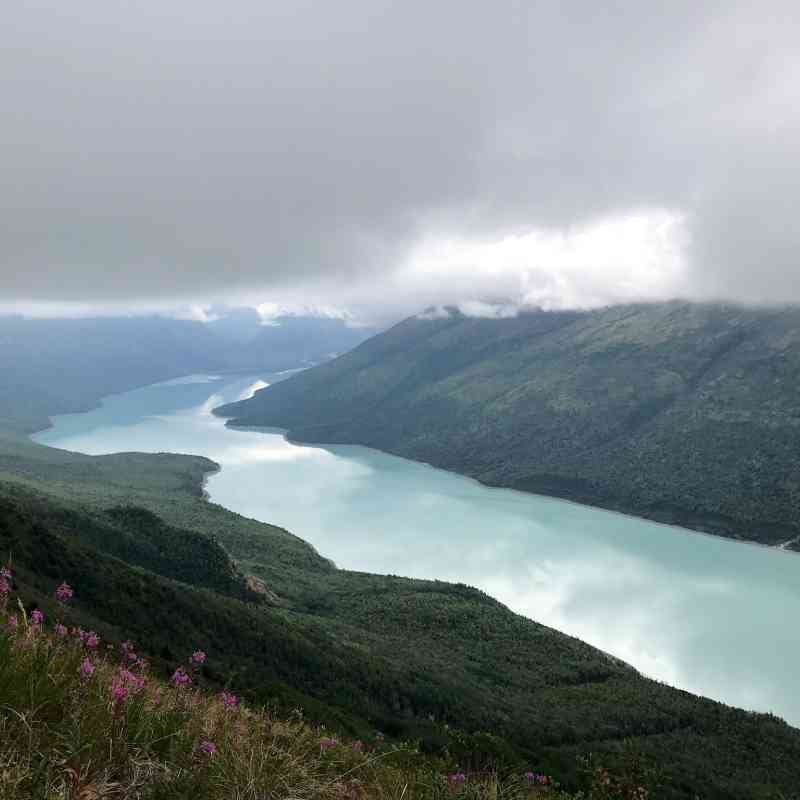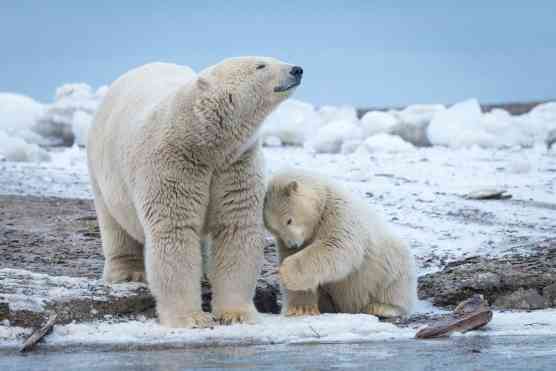We are witnessing a profound loss of species across the globe largely due to human-caused activities. More than 460 species have been declared extinct in just the last decade and hundreds more are on their way.
The third Friday of May is reserved as a day to learn about endangered species and how we can take action to protect them from extinction. Join Defenders of Wildlife as we celebrate Endangered Species Day and share the stories of some of the world’s most endangered animals.
What are the most endangered animals in the world?
The International Union for Conservation of Nature classifies over 44,000 global species as threatened with extinction. Tigers, gorillas, red pandas, black-footed ferrets and golden-cheeked warblers are among the thousands of species classified as “endangered.” Among the animals listed as “critically endangered,” or those facing the most extreme risk of extinction in the wild, are African forest elephants, black rhinos, North Atlantic right whales, Red Wolves, Chinese alligators and several frog species. In fact, 41% of all amphibians like frogs and salamanders are threatened with extinction and may be one of the most endangered classes of animals.
Why are tigers, rhinos, elephants, pandas and whales endangered?
Animals become endangered for a variety of reasons, but most are vulnerable because of human-caused threats. Tigers, lions, elephants and rhinos were historically overhunted and still face poaching threats today. Some of these animals’ parts were used in traditional medicine or could be sold for their luxurious coats. Whales were also historically hunted, but for meat or oil. The latter was extracted from baleen whales’ blubber and used as an early fuel source. Today, whales are at most risk of deadly vessel strikes and lack of food in their historic habitats.
Like many wildlife, giant pandas – sometimes referred to as panda bears – and unrelated red pandas face threats to their habitats. As humans continue to expand their developments, wildlife ecosystems are destroyed, fragmenting or disconnecting corridors, creating additional problems for animals who need to move between areas of larger habitat.
What are some of the most endangered species in the U.S.?
Red Wolves, North Atlantic right whales, California condors, sea otters, black-footed ferrets and Kemp’s Ridley sea turtles are among some of the most endangered animals in the U.S. Thanks to the Endangered Species Act, the U.S. has effective tools and sound science to provide protections for imperiled wildlife, but the ESA is chronically underfunded and consistently under threat from politicians and special interests prioritizing profit over nature.
How is Defenders of Wildlife helping some of the world’s most endangered species?
Defenders is fighting for imperiled animals in the field across the U.S., on Capitol Hill and in the courts. We are committed to protecting and advocating for the ESA. In the 118th Congress alone, our nation’s most effective conservation law faced more than 70 attacks so far, and the Congress is not over yet. The ESA also remains severely underfunded. Defenders’ latest analysis shows the U.S. Fish and Wildlife Service receives only about 40% of the funding needed to fully implement the ESA.
North Atlantic right whales
One of Defenders’ most urgent and ongoing legal and legislative fights is to protect the critically endangered North Atlantic right whale. There are fewer than 360 right whales remaining on Earth, and every day they face the threat of deadly vessel strikes and fishing gear entanglement. Every single calf is vital to this species’ survival and should serve as hope for the species’ future. Instead, these calves face a 1 in 14 chance of dying from a vessel strike before their first birthday. The administration must issue a final revised vessel speed rule – replacing an out-of-date and ineffective rule unchanged since 2008 – if right whales are to have a future on this planet.
Red Wolves
The Red Wolf, endemic to the U.S., lost 99.7% of its historical territory due to poaching and misinformation. There are only an estimated 20-25 remaining in the wild in North Carolina today. Defenders is and has worked on Red Wolf recovery since the mid-1980s through a combination of advocacy, public education and litigation. In August 2023, Defenders reached a landmark settlement that guarantees continued federal recovery efforts, requiring annual plans to release Red Wolves into the wild.
What can people do today to help protect endangered species?
- Learn and Share – Discover more about the endangered species around you and share factual information to raise awareness about endangered animals! Check out our wildlife pages and read our blog to learn about the animals you care most about.
- Clean up – Picking up trash can keep it from clogging up our landscapes and prevent animals from eating items they mistake for food. Secure your trashcans from critters looking for their next snack and never throw food out of your car window as it may draw wildlife dangerously close to the road. Go a step further and reduce your use of single-use plastics to minimize impact at the source!
- No Invasives - Reduce the impact of invasive species. Learn about native plants and keep your yard as natural as possible. What you plant could help protect wildlife, right in your backyard!
- Slow Down – Whether you are driving a car or a boat, obey speed limits and watch for animals in your path. Safely stopping and allowing an animal to cross will not only save their life, but can also protect you, your passengers and your vehicle.
- Support – Volunteer and donate to organizations, like Defenders, who are working to save endangered species and their habitats!
- black-footed ferret
- California condor
- Conserving Imperiled Species
- North Atlantic Right Whale
- Red wolves
- sea otter
- Sea Turtles
comments
Wildlife & Wild Places

